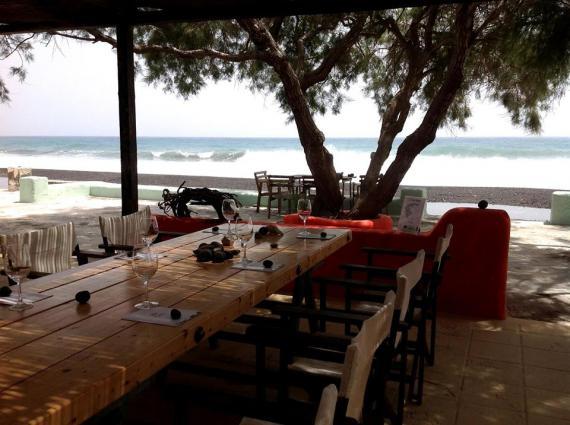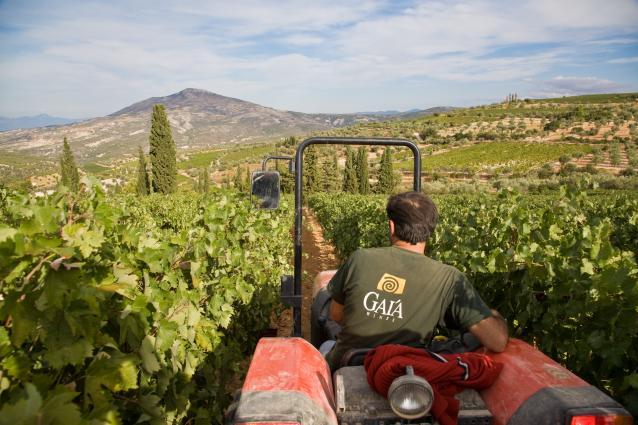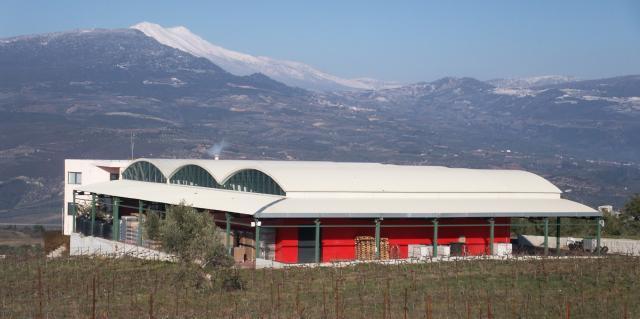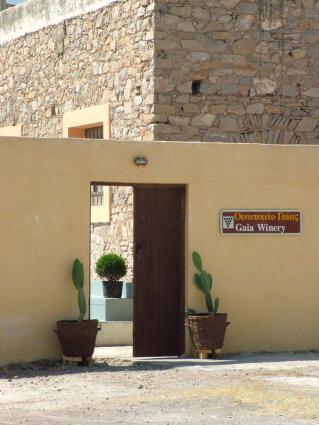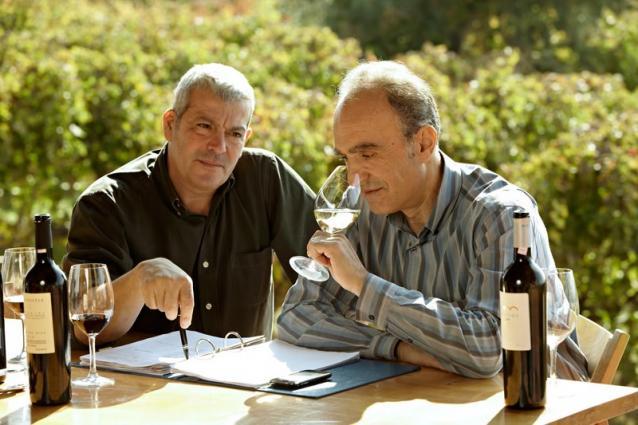GAI'A Assyrtiko Wild Ferment

Wine Description
One of the pioneers of the modern Greek wine revolution, Gai’a Estate (pronounced Yay-ya) was established in 1994 by Leon Karatsalos and winemaker Yiannis Paraskevopoulos. Their mission was to capture the best that Greece’s indigenous grapes have to offer by merging traditional viticultural and production methods with innovative techniques. The estate is named after “Mother Earth,” in honor of the unique terroir that gives birth to these world-class wines.
 Acclaim
Acclaim
 Vineyard & Production Info
Vineyard & Production Info
 Winemaking & Aging
Winemaking & Aging
 Analytical Data
Analytical Data
 Wine Production
Wine Production
After harvest, the grapes are crushed and undergo a chilled maceration (50°F) for 12 hours. The must is then transferred to a combination of 1,000L INOX stainless-steel tanks (50%), 225L French oak barrels (20%), American oak barrels (10%), and acacia barrels (20%) for fermentation. Once fermentation begins, the winemaker takes a “hands off” approach and lets Mother Nature take over. The temperature is allowed to rise without any technical regulation. The wild yeast strains that prevail determine the wine’s character, with each tank and barrel developing something unique. After fermentation, the winemaker creates an assemblage by blending the best from the tanks and barrels, in order to create a blend that elevates the Assyrtiko to new levels of enjoyment.
 About the Vineyard
About the Vineyard
The grapes for the Wild Ferment Assyrtiko come from upland vineyards located in Pyrgos on the island of Santorini. This region of the island is known for producing more aromatic grapes than other parts of Santorini.


